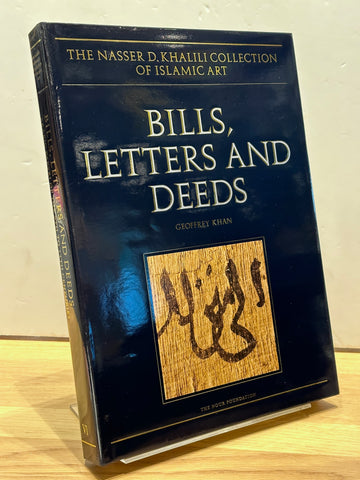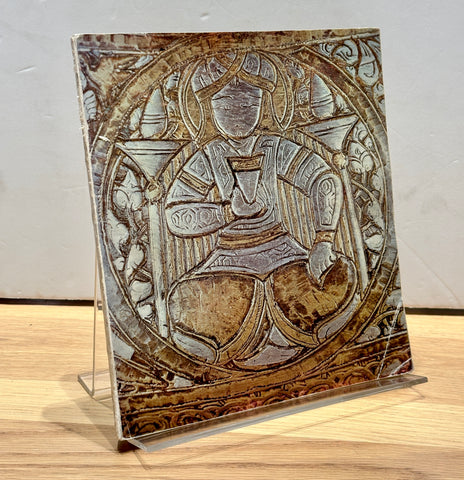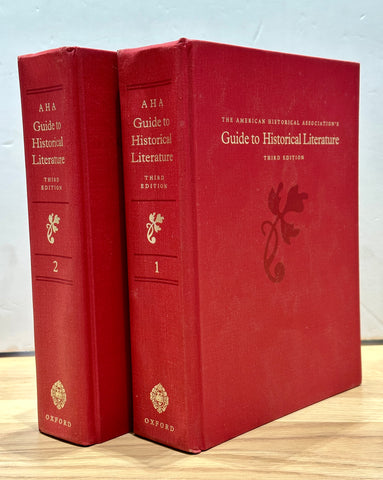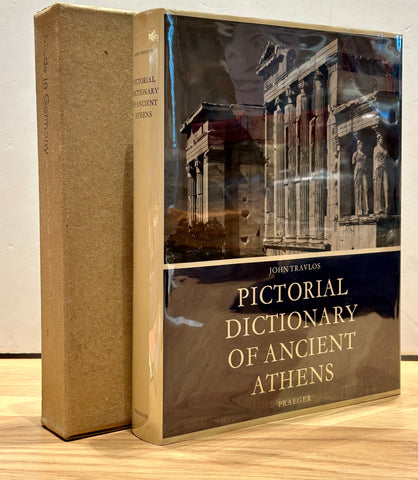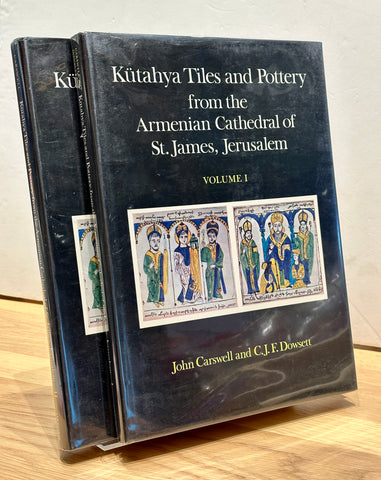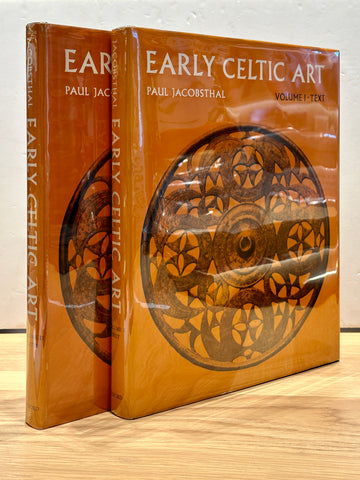Bills, Letters and Deeds: Arabic Papyri of the 7th to 11th Centuries by Geoffrey Khan
VOLUME VI of the The Nasser D. Khalili Collection of Islamic Art
Most of the Arabic documents that have survived from the first three centuries of the Islamic era were written on papyrus, the most commonly used writing material in the Near East during this period.
The Arabic papyri in the Collection date mostly from the 8th and 9th centuries, and include official and legal documents, receipts, accounts and private letters. Most come from Fustat, and a few originate from Upper Egypt, but pride of place goes to the only extant
Arabic papyrus from northern Mesopotamia, an account of expenditure drawn up in a Nestorian monastery under Abbasid rule c. ad 855.
The papyri are an invaluable source of information on scripts, grammar and literary styles, as well as on social and economic life in the early Islamic period. Of the 258 in this catalogue, 108 are illustrated in colour, while the rest, which are of a more fragmentary
nature, are reproduced in black and white. The history of the use of papyrus and the methods of its manufacture are discussed in the introduction.
27cm x 37cm, 292 pages, Hardcover, 1993 (Condition: As New / Fine)
Condition Definition:
As New / Fine = New or almost without defect
Very Good = Showing signs of wear
Good / Fair = A bit worn but complete, with defects noted
Poor = worn with visible defects
We Also Recommend

